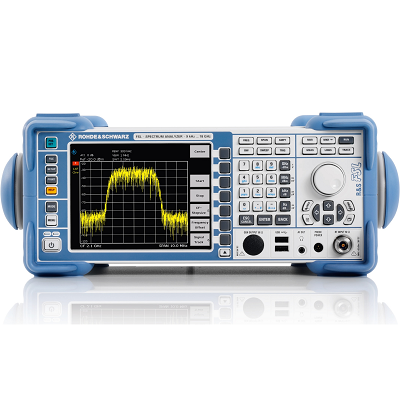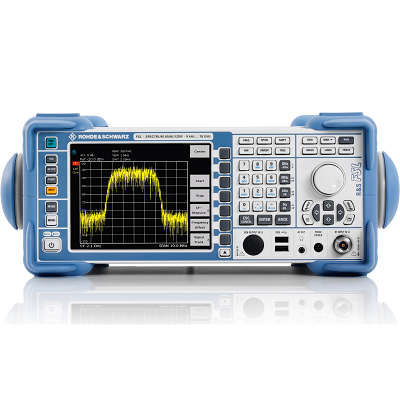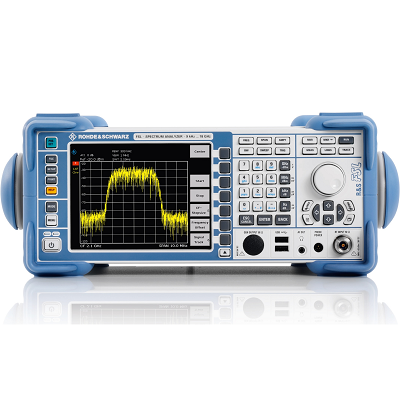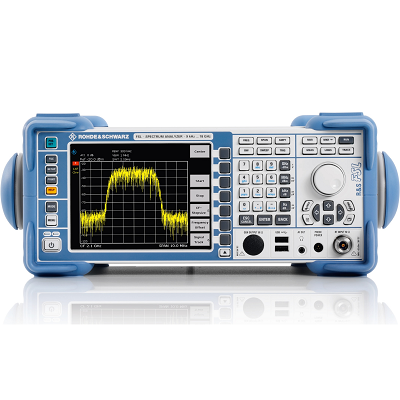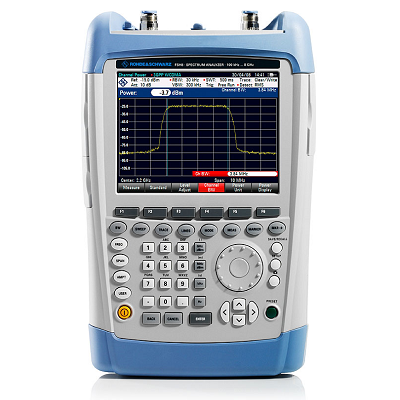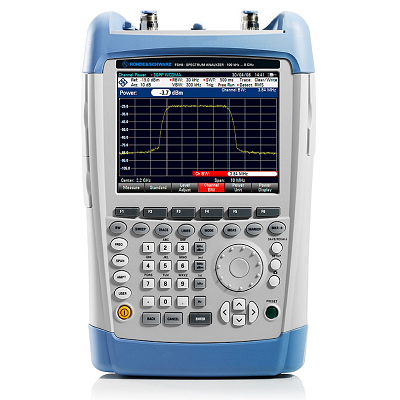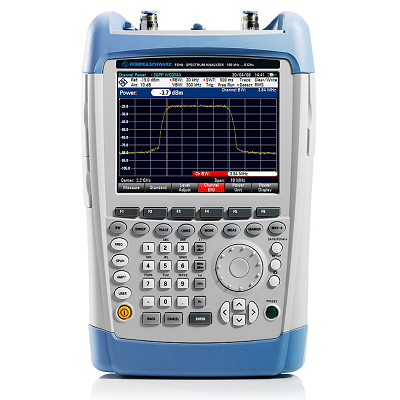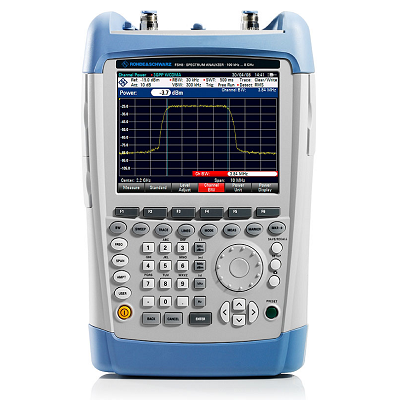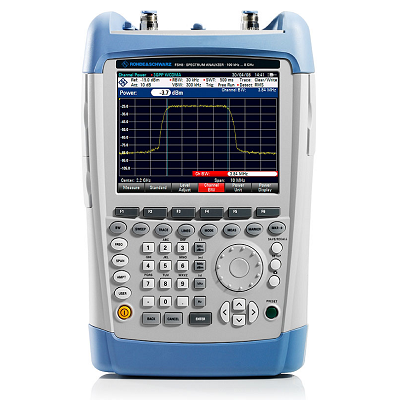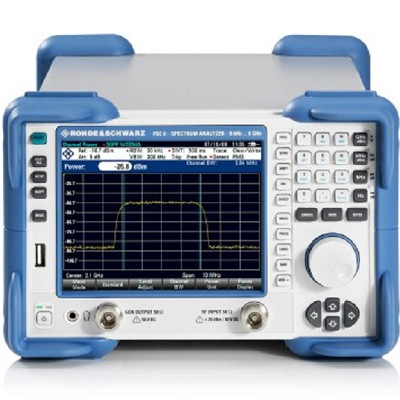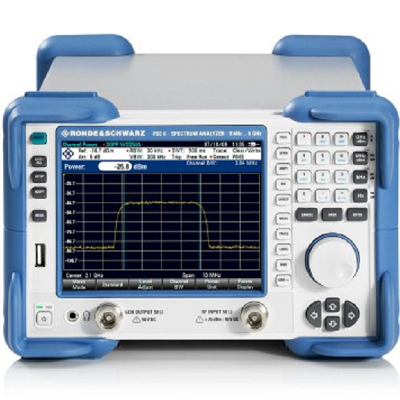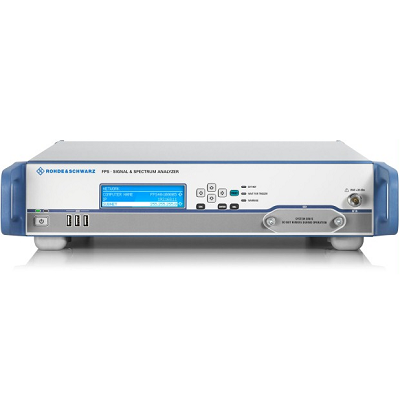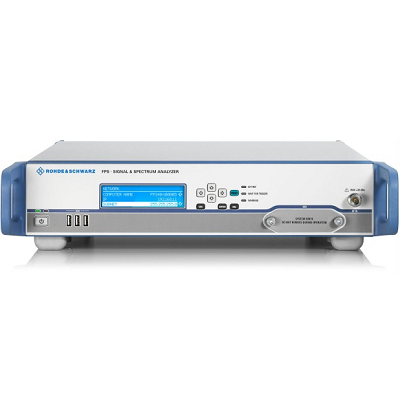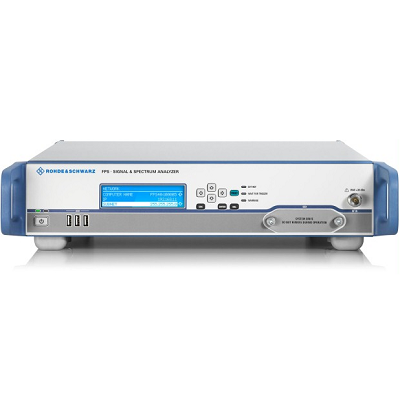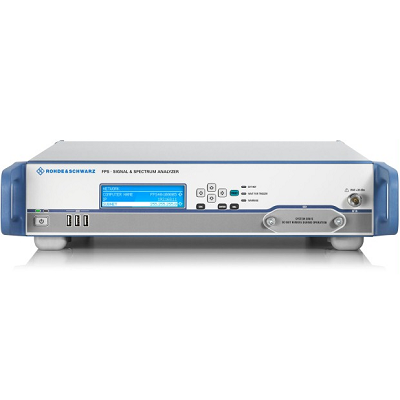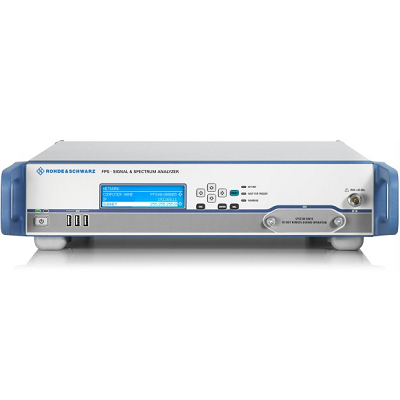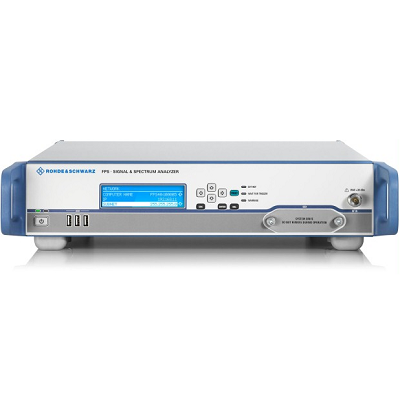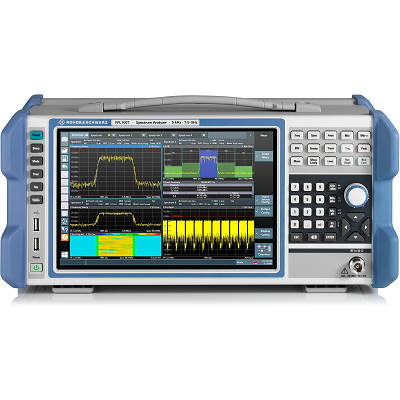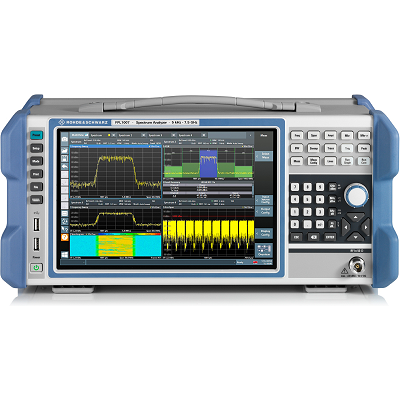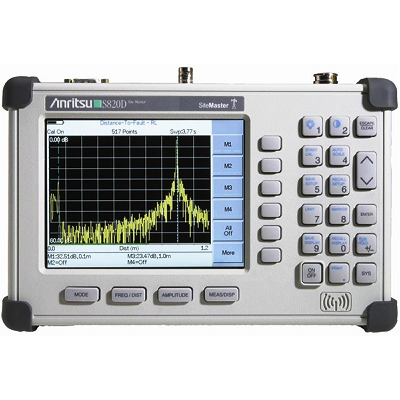
Anritsu S820D Transmission Line & Ant. Analyzer 2.0 MHz - 20.0 GHz
site Master S810D covering 2 MHz to 10.5 GHz, and S820D covering 2 MHz - 20.0 GHz, are the most accurate, reliable and convenient microwave transmission line and antenna analyzers available for installation, verification, troubleshooting, and repair of microwave communication systems. The S810D and S820D are ideal ""anytime, anywhere"" solutions designed for the rugged challenges faced by field technicians working with wireless and defense communications systems. Standard measurement capabilities include VSWR, return loss, cable loss, and distance-to-fault (DTF) analysis using industry-leading frequency domain Reflectometer (FDR) technology. Patented RF interference rejection enables accurate measurements in the presence of high RF activity. Both coaxial and waveguide connections are supported. Line Sweep Tools (LST) is a free data analysis software utility that enables assessment of system trends, problems, and performance in addition to professional report generation. Optional capabilities include 2 MHz frequency extension, power monitor, N(f) test port connector, 2-port cable loss, and GPS receiver. The 2 MHz frequency extension offers additional frequency coverage beyond the standard 25 MHz starting frequency. The power monitor is available to make power measurements quickly and easily. The 2-port cable loss employs an external CW source for conducting true 2-port cable loss measurements to 20 GHz. The built-in GPS receiver provides location information that is stamped on each trace and saved with archived data. Broadband Site Master S810D and S820D utilizes 1-port vector error correction solving the most common and the most difficult accuracy problems of field test equipment operation and thus, improves system quality and reduces maintenance expenses. Difficult test specifications are easy to verify. Vector error correction and a simple, friendly user interface within the S810D and S820D further improve the quality and convenience of measurements compared to traditional scalar techniques. Vector error correction also improves the quality of Distance-To-Fault data. Not only is the reflection magnitude more accurate, the waveguide dispersion correction for fault distance (different frequencies travel at different speeds) is also more accurate and repeatable.

